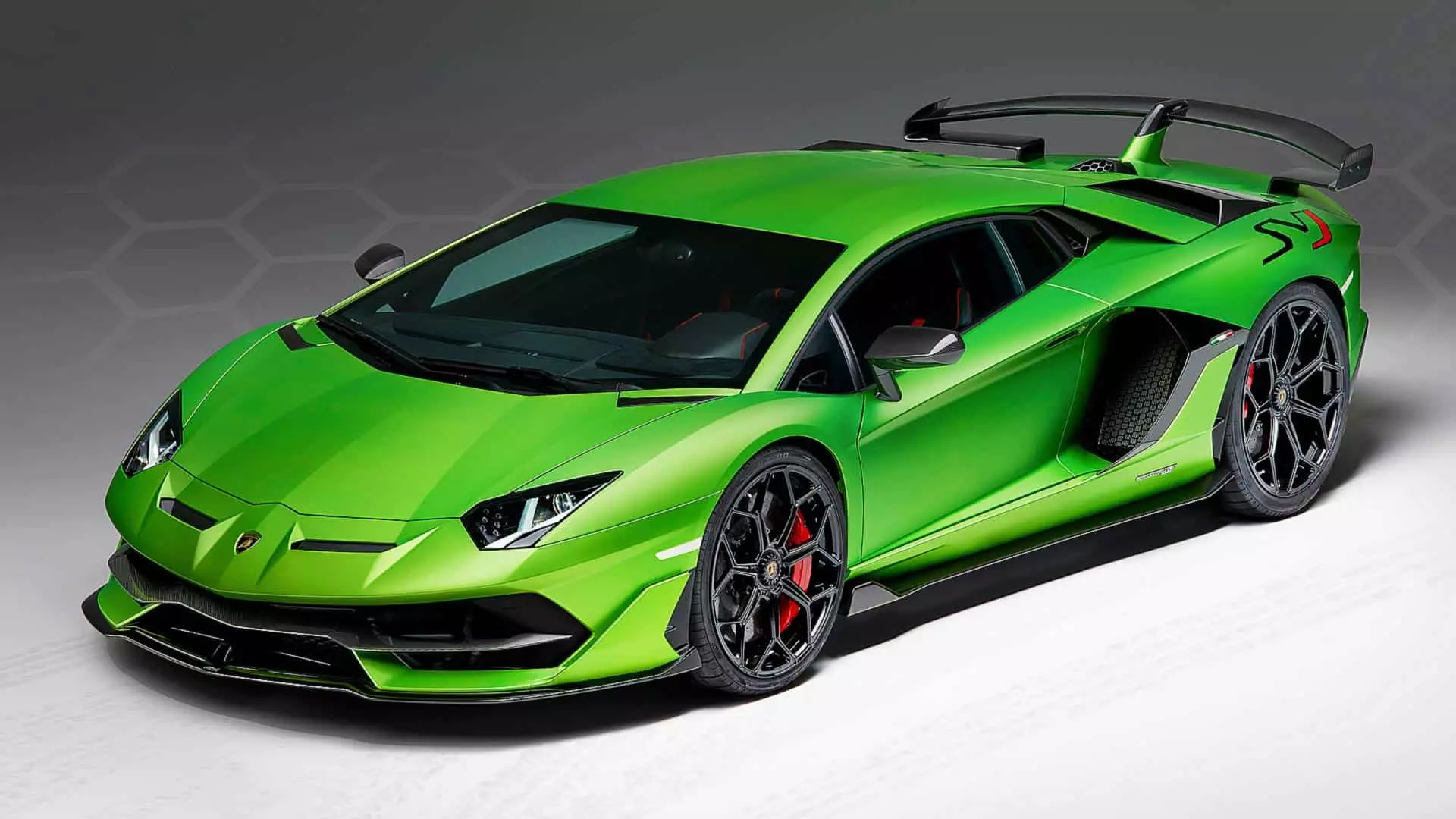In recent years, traditional luxury brands like Lamborghini have begun to embrace digital transformation with fervor, sensing the lucrative potential of virtual worlds and NFTs. While skeptics dismiss these ventures as superficial or fleeting trends, they overlook a strategic shift that could redefine brand engagement and consumer loyalty. From a center-right wing liberal perspective, this move is pragmatic—leveraging innovation within a free-market framework to expand brand reach and capitalize on emergent digital economies. Lamborghini’s recent expansion into the metaverse exemplifies this approach: a calculated effort to ensure its iconic status remains relevant in an increasingly digitized landscape, without abandoning its core values of exclusivity, design, and cutting-edge performance.
The Metaverse as New Frontiers of Commodity and Identity
The key to understanding Lamborghini’s push into the metaverse lies in its potential to transform intangible assets into tangible value. By releasing digital replicas of its Temerario and GT3 models as NFTs within Wilder World, the brand creates a new form of ownership that blends the physical and virtual realms. These digital collectibles are not mere novelties but function as “digital twins,” reinforcing Lamborghini’s prestige while opening up new revenue streams. This strategy indicates a recognition that in modern capitalism, assets defined by scarcity and brand identity are some of the most valuable commodities. Yet, the question remains—does this digital expansion genuinely deepen consumer engagement or merely capitalize on nostalgia and hype?
Balancing Tradition with Innovation: A Calculated Risk
Lamborghini’s integration of its vehicles into Wilder World underscores a delicate balancing act: respecting its storied tradition while venturing into the new digital frontier. The brand’s physical cars are symbols of craftsmanship and exclusivity; their digital counterparts threaten to dilute this aura if not managed carefully. However, by positioning these assets within a collaborative ecosystem supported by major tech players like Animoca Brands, NVIDIA, and Samsung, Lamborghini is hedging its bets. It’s betting that youthful, digitally native consumers—who value exclusivity but are increasingly comfortable with virtual possessions—will serve as a new kind of patronage, blending luxury with innovation. This approach challenges the conservative view that digital ventures risk undermining physical product value; instead, it suggests a fusion that builds longevity and adaptability in a volatile market.
The Risks of Overreach: A Potential Pitfall
Despite its promising outlook, Lamborghini’s digital endeavor is fraught with risks. The luxury market’s core strength lies in rarity and physical craftsmanship—traits that may not translate seamlessly into the virtual realm. If the digital collectibles become commodified or overexposed, the brand’s exclusivity could suffer. Moreover, the rapid evolution of the metaverse and Web3 technologies creates uncertainty. Failure to deliver meaningful, immersive experiences could lead to consumer disillusionment or accusations of opportunism. Predatory market players shifting quickly away from unsuccessful ventures could also leave Lamborghini with a virtual portfolio that doesn’t meet expectations, potentially harming its brand equity.
Market Expertise and Competitive Edge
From a pragmatic viewpoint, Lamborghini’s move into the metaverse illustrates an awareness of modern consumer trends driven by technological progression and economic opportunity. Leveraging partners like Wilder World and Animoca Brands demonstrates strategic foresight—aligning with established tech giants who understand the nuances of virtual economies. This positions Lamborghini not just as a car manufacturer, but as a lifestyle brand capable of traversing multiple digital dimensions. Still, the challenge will be in maintaining authenticity and sustaining consumer interest long-term. If Lamborghini manages to master the art of digital storytelling—similar to how it has historically crafted inspiring automotive narratives—it could secure a competitive edge that lasts well into future decades.
Final Reflection: Innovation as a Capitalist Imperative
Ultimately, Lamborghini’s foray into the metaverse is neither a reckless gamble nor an unquestioned win. It embodies a capitalist imperatives rooted in innovation and adaptation—values that align with a center-right belief in the power of free markets and technological progress. This digital pivot is more than marketing hype; it is a strategic recognition that modern luxury must transcend physical boundaries to thrive. As the boundaries between the real and virtual become increasingly blurred, those brands that understand how to harness this convergence with prudence and vision will lead the charge—not just surviving but shaping the future of luxury and automotive culture.

